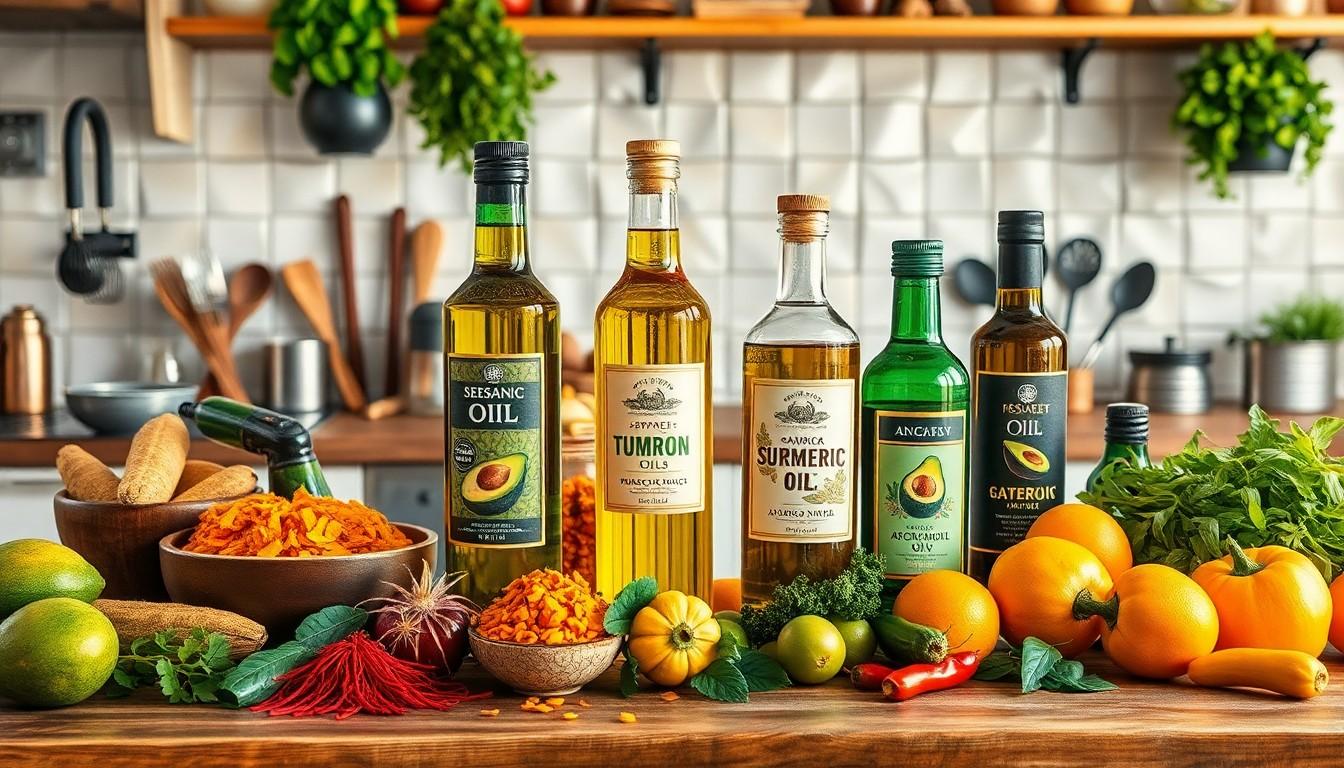In the quest for culinary greatness, few things are as elusive as sadatoaf ingredients. These magical components can turn a simple dish into a flavor explosion that’ll have taste buds dancing. But where do you even start? Fear not, aspiring chefs! Finding these ingredients doesn’t have to feel like searching for a needle in a haystack—especially when you’ve got the right strategies up your sleeve.
Understanding Sadatoaf Ingredients
Sadatoaf ingredients represent a blend of diverse flavors and textures that enhance culinary creations. These components can include rare spices, specialty oils, and unique vegetables. Identification of these ingredients often requires knowledge of local markets and specialty stores.
Exploring international markets helps in locating authentic sadatoaf ingredients. Visiting stores that cater to specific cuisines can uncover options that standard grocery stores might lack. Engaging with knowledgeable staff in these markets often reveals suggestions for unexpected ingredients.
Online resources offer additional avenues for sourcing sadatoaf ingredients. Websites and forums dedicated to culinary enthusiasts frequently discuss where to find hard-to-get items. These platforms can provide firsthand accounts from chefs and home cooks regarding unique sourcing strategies.
Farmers’ markets also serve as a rich source for fresh and unique ingredients. Purchasing direct from farmers allows access to seasonal produce and artisan products that might not appear in conventional stores. Networking with local growers fosters relationships that often lead to discovering special varieties of common ingredients.
Trade shows and food fairs present opportunities to interact with suppliers and discover niche products. Attending these events expands knowledge about new trends and innovative ingredient ideas. Participation can enhance an individual’s repertoire of cooking components significantly.
An understanding of sadatoaf ingredients promotes not only culinary creativity but also fosters appreciation for diverse food cultures. Sourcing these ingredients enriches dishes, allowing cooks to create memorable meals that transcend everyday cooking.
Importance of Sadatoaf Ingredients

Sadatoaf ingredients play a crucial role in culinary exploration and creativity. Understanding these components enriches the cooking experience and enhances both flavor and nutritional value.
Nutritional Benefits
Sadatoaf ingredients often contain unique vitamins, minerals, and antioxidants. Rare spices like turmeric and saffron provide anti-inflammatory properties and boost health. Unique vegetables packed with fiber and essential nutrients support overall wellness. Specialty oils, such as avocado and sesame, contain healthy fats that promote heart health. Engaging with these ingredients contributes to a balanced diet while encouraging the use of whole, natural foods.
Culinary Uses
Sadatoaf ingredients elevate dishes through bold flavors and textures. Specialty oils can enhance salad dressings or marinades, adding depth to simple recipes. Rare spices bring global cuisine to life, transforming everyday meals into extraordinary experiences. Unique vegetables can be roasted, sautéed, or used in fresh salads, creating diverse culinary applications. Incorporating these components fosters experimentation, allowing chefs to craft memorable meals that impress.
Ways to Find Sadatoaf Ingredients
Finding sadatoaf ingredients requires exploring various sources. Locating these unique components enhances the culinary experience and unlocks diverse flavors.
Local Markets
Local markets often provide an array of rare spices and specialty oils. Farmers’ markets feature seasonal vegetables and artisan products made by local producers. Engaging with knowledgeable vendors helps identify specific sadatoaf ingredients. Shoppers learn about unique items not typically found in standard grocery stores. Freshness and quality contribute significantly to the flavors of these ingredients. Examples of local markets include neighborhood farmer’s markets and international food markets. Each visit presents an opportunity to discover new ingredients and expand culinary horizons.
Online Retailers
Online retailers offer a convenient way to find hard-to-source sadatoaf ingredients. Websites specializing in gourmet foods often stock rare spices and unique oils. Searching for international suppliers opens a world filled with exotic options. Customers can read reviews and compare prices, ensuring informed choices. Specialty sites or local marketplaces provide easy access to sought-after items. Online forums and communities frequently share recommendations for trustworthy suppliers. Using these resources accelerates the journey to locating the perfect sadatoaf ingredients.
Tips for Sourcing Quality Ingredients
Explore local ethnic markets for hard-to-find spices and unique products. Engaging directly with vendors often reveals insider knowledge about specialty items. Research online communities focused on gourmet ingredients, as they provide recommendations for reliable sources. Utilize grocery delivery services that feature international selections, ensuring access to various rare ingredients.
Attend farmers’ markets for fresh, seasonal produce and artisan products. Building relationships with local farmers can lead to finding exclusive varieties of vegetables. Consult culinary blogs and websites dedicated to specific cuisines, as they often highlight sources for unique ingredients.
Consider checking specialty food stores that focus on international goods. These stores typically stock rare oils, spices, and specialty items that standard supermarkets don’t carry. Utilize social media platforms to connect with food enthusiasts who share tips on ingredient sourcing.
Remember, trade shows and food fairs present opportunities to discover niche products. Browsing through these events not only enhances ingredient knowledge but also connects chefs with suppliers.
Follow trends in culinary circles, as new sadatoaf ingredients might emerge from innovative chefs experimenting with flavors. Keep an open mind when exploring diverse cultures, as they may offer unique products not widely known. Collecting recommendations from fellow chefs can also aid in finding quality sadatoaf ingredients that elevate culinary creations.
Conclusion
Finding sadatoaf ingredients can transform culinary experiences and elevate everyday meals. By exploring local markets and engaging with knowledgeable vendors, aspiring chefs can discover unique flavors and textures that standard grocery stores often overlook. Online resources and communities offer valuable insights for sourcing hard-to-find items, while farmers’ markets provide fresh and seasonal options.
Trade shows and food fairs present exciting opportunities to connect with suppliers and expand culinary knowledge. Embracing these strategies not only enhances cooking skills but also fosters a deeper appreciation for diverse food cultures. With a little effort and creativity, anyone can incorporate sadatoaf ingredients into their culinary repertoire and create memorable dishes.

